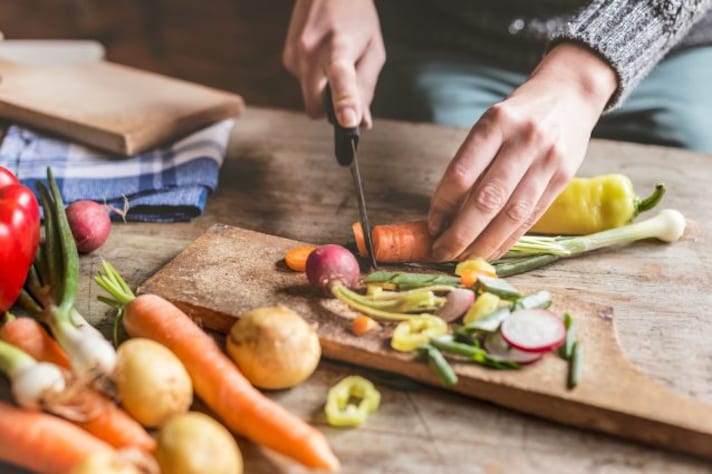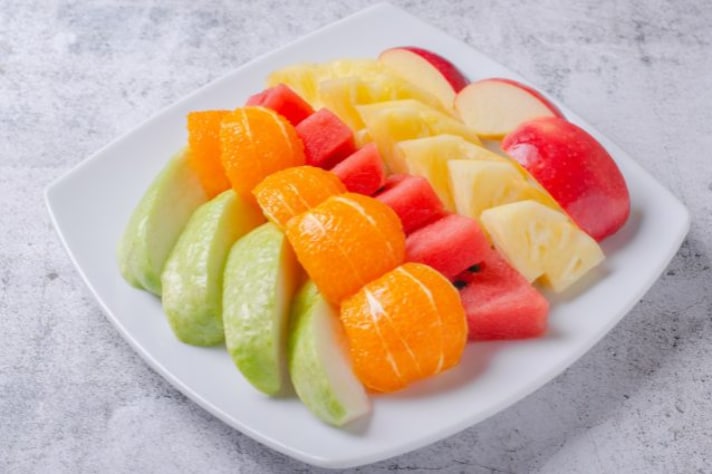
Seeing perfectly cut fruits and veggies go from their bright and nice colors to that unappetizing brown makes our hearts shrivel and die. Why does it happen? And, most importantly, how do we stop it from happening at all?
Why Do Fruits and Vegetables Turn Brown?
When fruits and vegetables are cut, their cells are damaged, exposing them to oxygen. This exposure triggers an enzymatic reaction called oxidation, where enzymes like polyphenol oxidase react with the oxygen to form brown pigments known as melanins. While this browning doesn't mean the produce is unsafe to eat, it can make it look less appealing. The good news is, there are several ways to prevent this browning process.
How to Prevent Vegetables from Turning Brown

To keep your cut vegetables looking fresh and vibrant, there are a few tricks you can employ. One effective method is to submerge them in water. This simple step limits their exposure to oxygen, thus slowing down the browning process. Adding a splash of vinegar or lemon juice to the water can enhance this effect, as the acidity helps to inhibit the enzymes responsible for browning. Blanching is another technique; briefly boiling the vegetables and then plunging them into ice water can deactivate the browning enzymes while preserving the color and texture.
How to Prevent Fruits from Turning Brown

When it comes to fruits, the strategies are similar but with a few variations. Citrus fruits like lemons and oranges are particularly effective at preventing browning because of their high acidity and vitamin C content. Sprinkling or brushing cut fruits with lemon juice, orange juice, or even pineapple juice can keep them looking fresh. Another method is to coat the fruits in sugar syrup or honey, creating a barrier between the fruit and the air. Some people also use a soak in a mixture of water and ascorbic acid (vitamin C powder), which is highly effective at preventing browning.
Common Methods and Agents to Slow Down Browning
There are several common methods and agents available to help slow down the browning process in both fruits and vegetables. Commercially, anti-browning sprays and powders are widely available. These products often contain ascorbic acid, citric acid, or calcium ascorbate, which help to preserve the color and freshness of produce. In addition, some kitchen gadgets, like vacuum sealers, can significantly reduce oxygen exposure, thereby slowing down the browning process. Using airtight containers and wrapping produce tightly in plastic wrap can also minimize contact with air, helping to keep your fruits and vegetables looking their best.
;Resize,width=767;)
